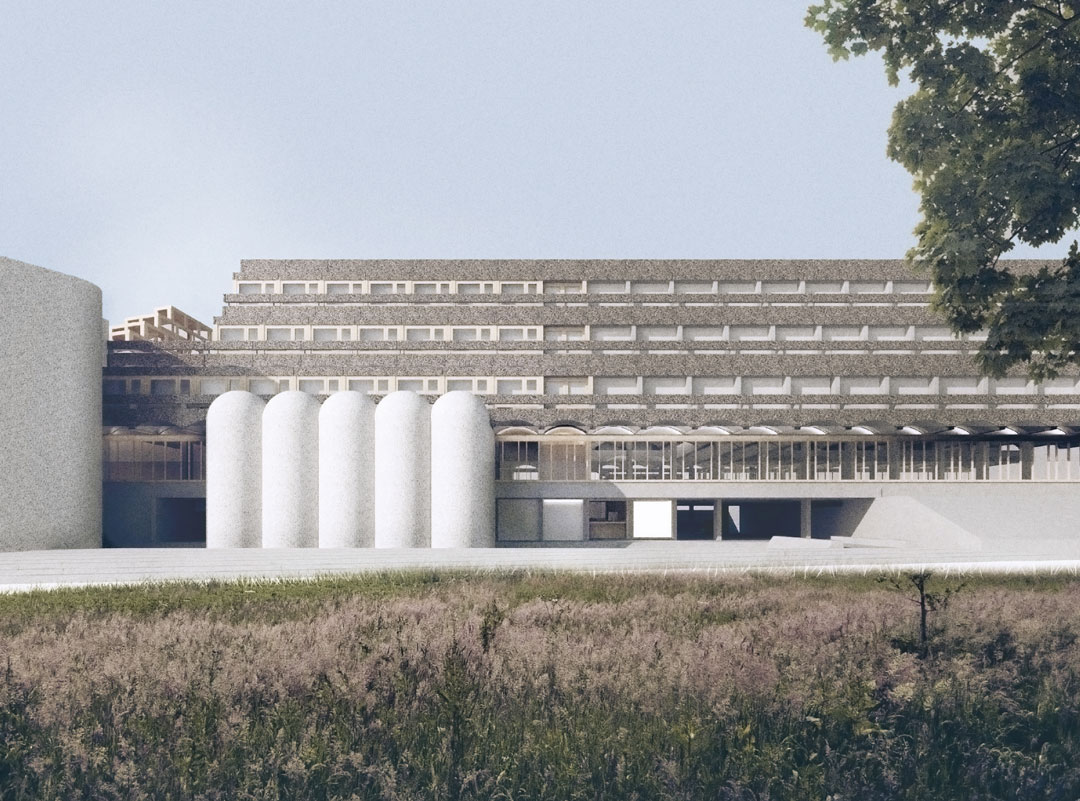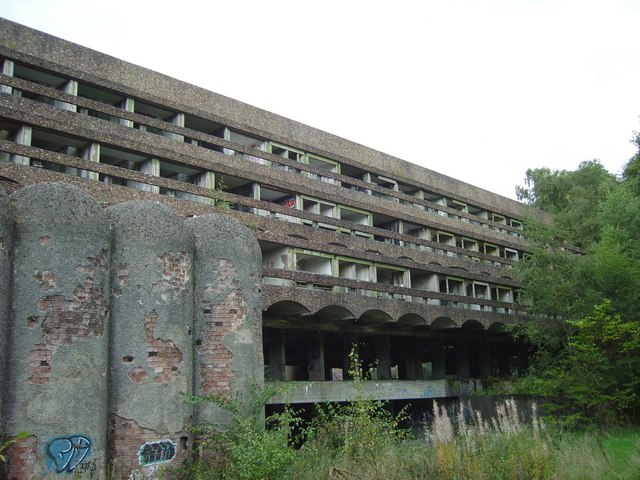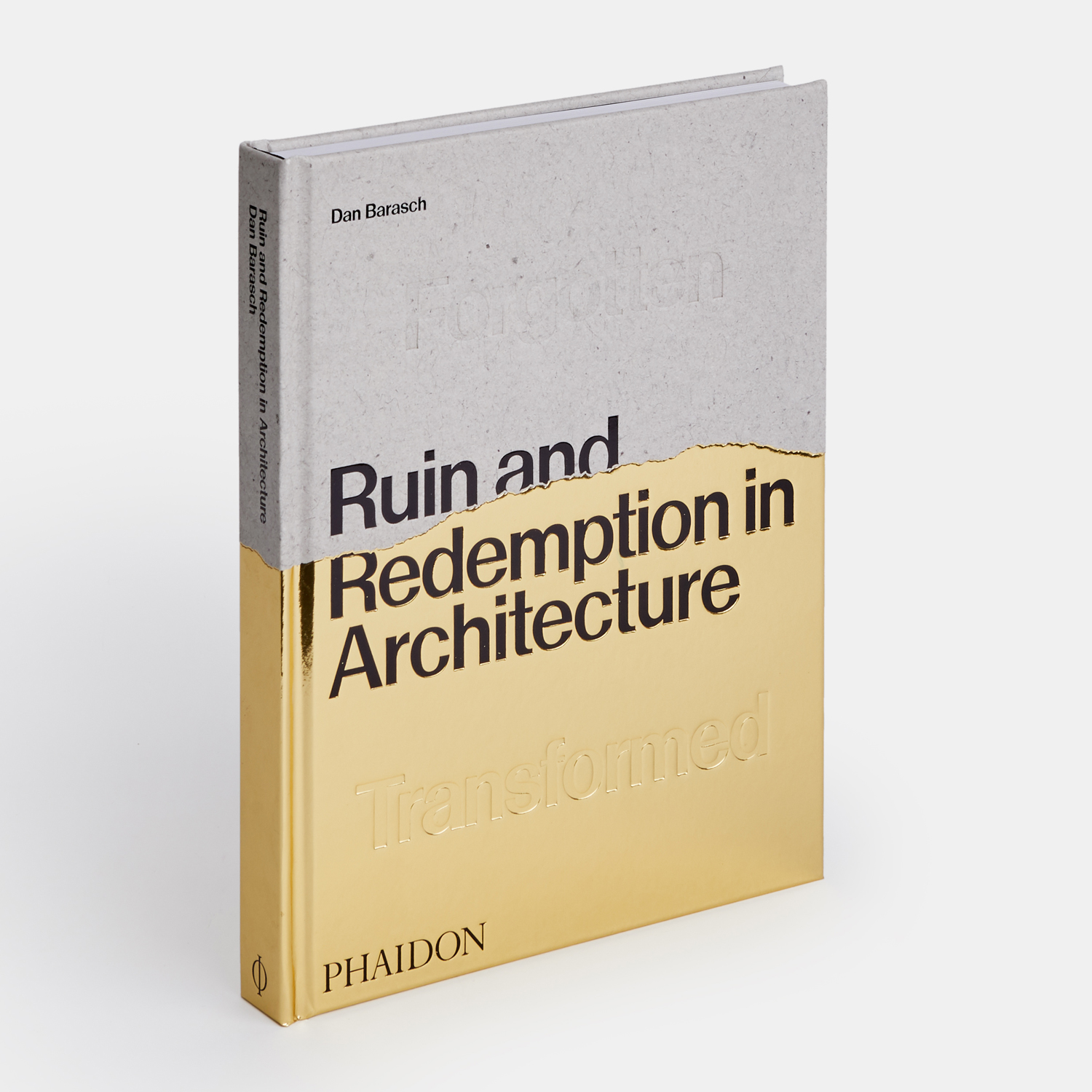
No redemption for Scotland's great modernist masterwork
Public bodies can't even find the funds for "curated decay" for St Peter's Seminary in Cardross, outside Glasgow
The Catholic seminary of St Peter's is mid-century, modernist creation, made for an age-old purpose. “Situated 20 miles outside Glasgow in the forests of Cardross, Argyll and Bute, St. Peter’s Seminary was built in the 1960s, immediately earning its spot among Scotland’s most admired and celebrated modern buildings,” explains our book Ruin and Redemption in Architecture.
“Inspired by the raw beauty of Scotland’s landscape and the modern Brutalism of Le Corbusier, the design firm of Gillespie, Kidd & Coia built a quadrangle of concrete blocks around a nineteenth-century mansion, Kilmahew House, to provide temporary housing for priests entering the Catholic Church. Completed in 1966 the 140 acre seminary compound merged the seclusion and grandeur of the Catholic Church with a Modernist optimism expressed in mid-century architecture.
"Yet as the Catholic Church’s approach edged further away from social isolation and closer to immersion with communities, the need for the complex declined. The Archdiocese of Glasgow had closed the seminary by 1980. It served briefly as a drug rehabilitation center in the 1980s but soon shut all operations, becoming completely derelict by the 1990s despite its widespread acknowledgment as a gem of modernist architecture.”

Plenty of local and international groups have attempted to restore the building. “In 2007 the site was added to the World Monuments Fund’s list of most endangered sites,” explains our book. “That same year, NVA, a Glasgow-based public arts organization, began exploring a potential reuse for the site, alongside local community organizations. Hoping to transform the former seminary building into a vibrant public space for the creative arts, NVA worked with Avanti and ERZ Landscape Architects to reveal the bones of the building, removing the effects of years of neglect to make way for performance and event spaces.”
Unfortunately, following funding cuts, NVA has had to scale back its work, and now the Herald newspaper reports that even the least expensive option of ‘curated decay’ - stabilising the ruin, to allow some public access – would cost over £13m, too high a price for the state to pay, according to a new report.
"Scotland has turned its back on the 20th Century,” says NVA’s leader Angus Farquhar. "How sad that as a nation we can champion countless ruined castles celebrating a history of blood-soaked barbarism and maintain numerous country houses documenting the lives of the rich and privileged in distant times, but when it comes to the complexities of sustaining the artefacts of recent modernist history of telling ‘our story’, a subjective distaste for modernism comes into play.”

For a more sympathetic take on modernism’s ruins – some gone, some in decay, and some saved – buy a copy of our book Ruin and Redemption in Architecture.